I’ll never forget the day I stumbled upon a small workshop in a hidden corner of a European village, where skilled artisans were creating sugar-coated almonds by hand. The sweet aroma of melting sugar mixed with the nutty scent of toasted almonds filled the air, instantly drawing me closer.
The process of making these treats is surprisingly simple yet requires careful attention. Just almonds, sugar, water, and sometimes cinnamon, all stirred constantly over heat until the sugar creates a crisp, sweet coating.
What amazed me most was the patience these craftspeople showed. They kept a watchful eye as they rotated the almonds in the pan, waiting for that perfect moment when the liquid began to thicken and coat each nut evenly. Some added a dash of sea salt at the end, creating that magical sweet-and-salty combination that makes these treats so addictive.
Standing there watching their rhythmic stirring, I realized these weren’t just ordinary candied nuts. The first few minutes of the process actually toast the almonds before the sugar melts, giving them that distinctive flavor that store-bought versions never quite capture. Each small batch was spread into a single layer to cool, transforming into the crunchy, sweet morsels that have been featured at celebrations for centuries.
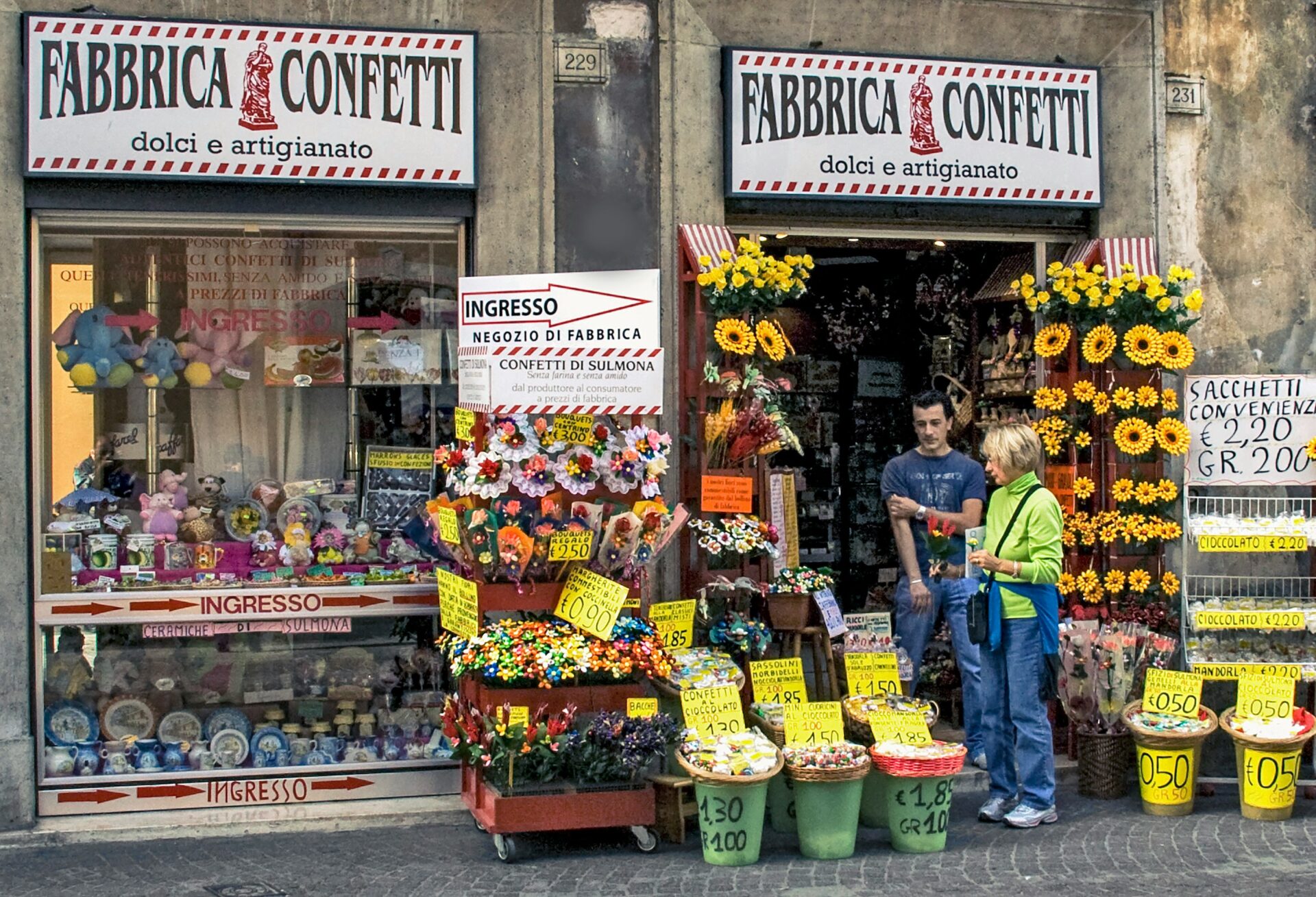
A Glimpse into the History of Sugar-Coated Almonds
Sugar-coated almonds have delighted taste buds for centuries, combining the wholesome crunch of almonds with sweet, glossy sugar shells. These treats connect us to ancient traditions while still appearing on our modern celebration tables.
Origins and Cultural Significance
The history of sugar-coated almonds stretches back to ancient times. According to most modern scholars, a Roman confectioner named Julius Dragatus created the first version around 177 BC. His innovation featured almonds coated in honey rather than sugar.
During the Middle Ages, sugar-coated nuts became more common as sugar became available. I find it fascinating how these sweets evolved from luxury items to symbols of celebration.
The first documented evidence of sugar-coated almonds appears in 1492. Early production methods involved large coal containers, quite different from today’s techniques. When I watched artisans make them by hand, I gained a deeper appreciation for this centuries-old craft.

From Ceremonies to Celebrations
Sugar almonds have long been offered as symbols of good fortune at important life events. I’ve seen these treats shared at weddings, where they represent wishes for a sweet life together.
These candied delights, also known as Jordan almonds or pralines, traditionally come in pastel colors for special occasions. At family gatherings like Thanksgiving, I’ve noticed them presented in decorative bowls as both dessert and decoration.
The five almonds often given at weddings symbolize health, wealth, happiness, fertility, and longevity. This tradition shows how food connects us through love and shared meaning.
Today, companies like Cambie and Brielli continue producing these treats for celebrations worldwide. The sweet coating balanced with the nutty interior makes them a timeless dessert that brings families together.
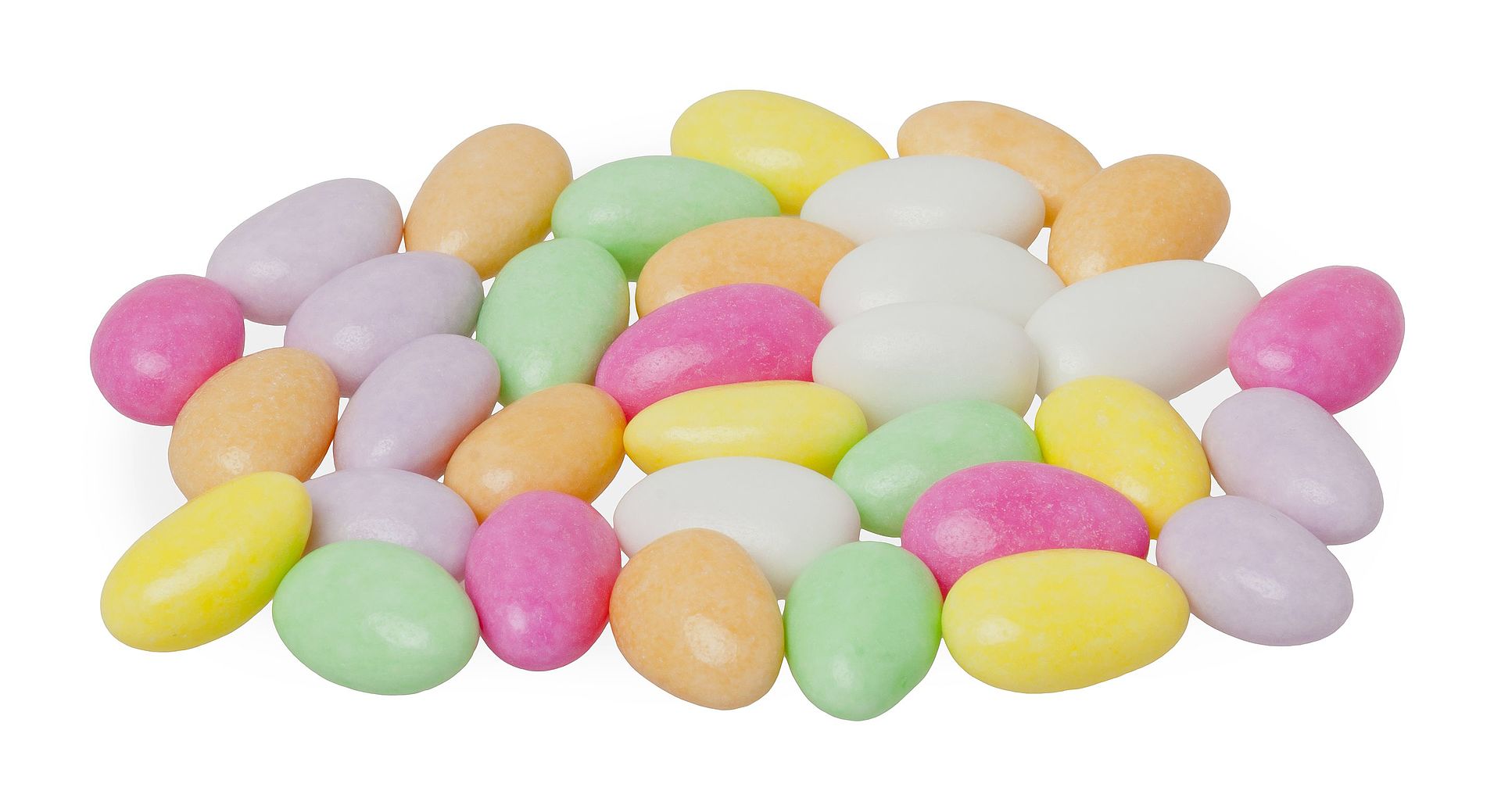
Unveiling the Artisanal Process
The magic of sugar-coated almonds comes alive when you witness the careful craftsmanship behind them. I was fortunate to observe this delicate process that combines traditional methods with attention to quality at every step.
Selecting the Perfect Almonds
The artisans began by hand-sorting almonds, selecting only the finest specimens. “Quality starts with the raw ingredients,” explained Maria, the master confectioner who guided my tour. She showed me how they examine each almond for consistent size and perfect condition.
The best almonds for this process are lightly toasted beforehand, which enhances their natural flavor and creates the perfect foundation for the sugar coating. I watched as they gently roasted small batches in copper pans, stirring constantly to ensure even browning.
“We never rush this step,” Maria said as she had me smell the warm, nutty aroma rising from the pan. The toasting process takes about 15 minutes—not too dark, just enough to bring out the natural oils.

Traditional Techniques and Handcrafting
The coating process was mesmerizing. Working with well-worn copper pans over controlled heat, the artisans added the toasted almonds to a simple syrup made from sugar and water. Then began the rhythmic motion I couldn’t stop watching.
With practiced movements, they continuously tossed and turned the almonds in the pan, allowing thin layers of sugar to build up gradually. This technique, called “panning,” requires incredible patience and skill.
“We add up to fifteen layers,” Maria told me while demonstrating the technique. “Each layer must dry before adding the next.” The entire process takes several hours, with the artisans never leaving their stations.
Some artisans added subtle flavorings between layers—vanilla, cinnamon, or even rose water. The finished almonds gleamed like pearls, each one perfectly coated with a smooth, crunchy shell that would shatter delicately when bitten.
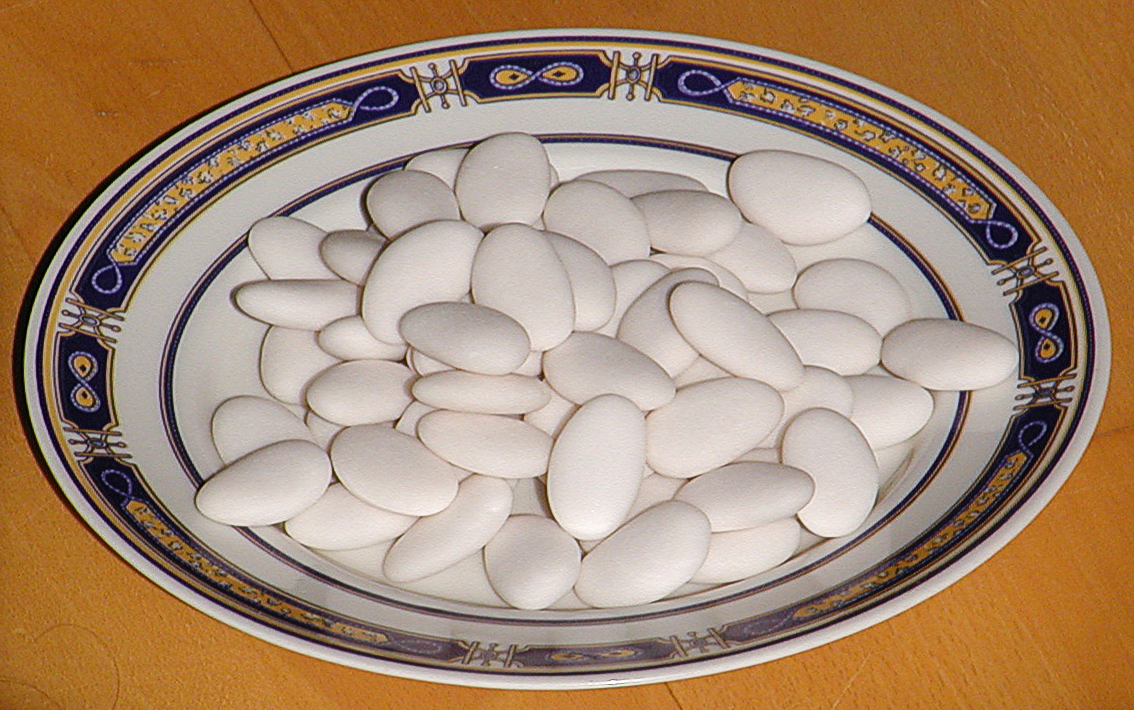
The Delicate Dance of Flavors
What amazed me most about watching artisans create sugar-coated almonds was the careful balance of flavors. Each ingredient played a crucial role in the final taste, creating a harmony that made these treats irresistible.
Balancing Sweetness and Spice
The master confectioner explained that too much sugar overpowers the natural nuttiness of almonds. “We aim for a coating that enhances rather than masks,” he told me as he carefully measured ingredients.
I watched him add a pinch of cinnamon to the sugar mixture, creating a warm depth that complemented the sweetness perfectly. Some artisans even incorporate light spices like cardamom or nutmeg for complexity.
The most skilled makers often use honey instead of just plain sugar. This natural sweetener adds floral notes and helps the coating stick better to the almonds. I tasted a honey-cinnamon batch that was absolutely divine – the sweetness hit first, followed by gentle warmth from the spice.
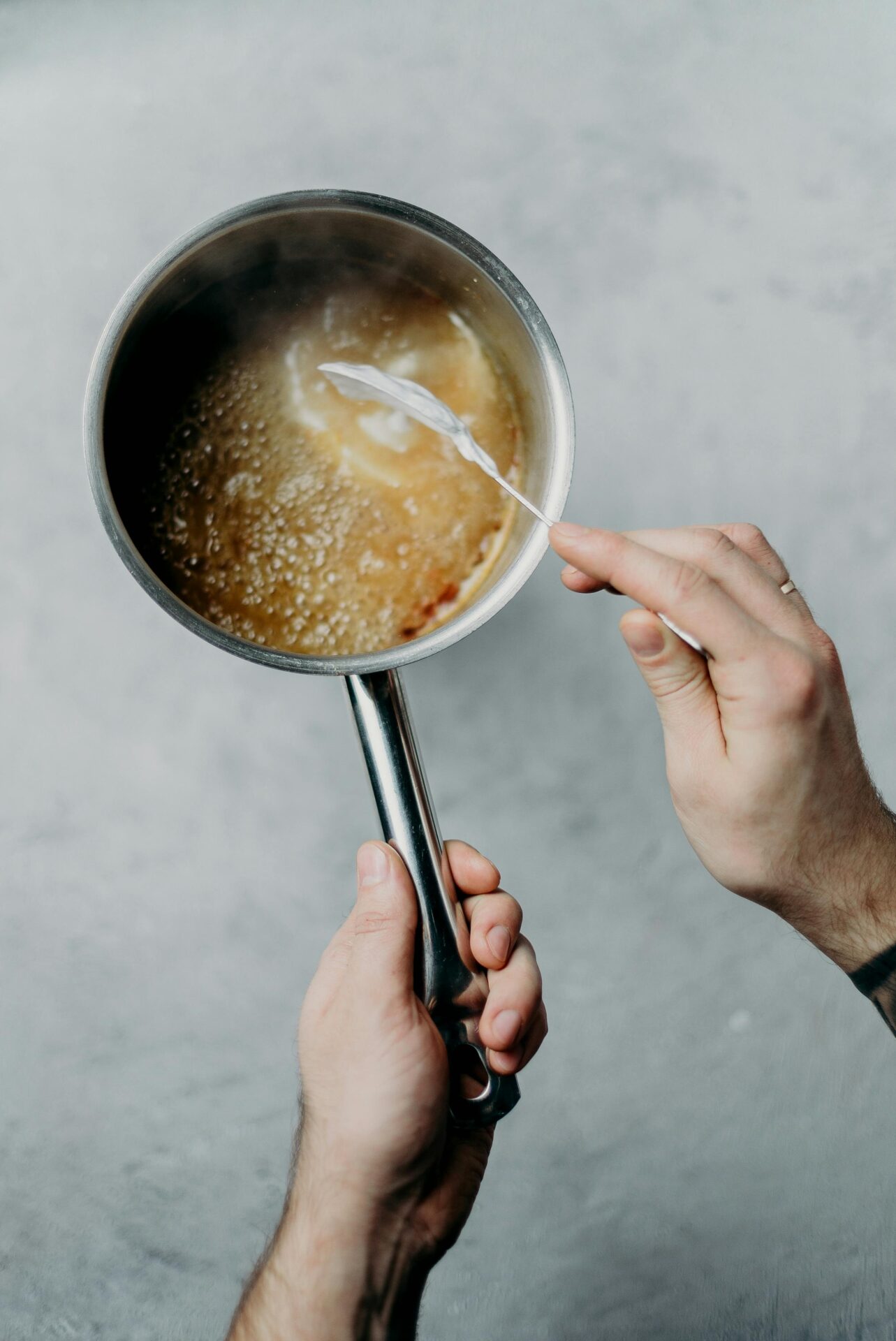
Infusing Aromatics and Enhancers
Orange peel adds a bright, citrusy note that cuts through the richness of sugar and nuts. I was surprised to see thin strips of fresh peel being added to the hot syrup mixture.
“The oils release during heating,” the artisan explained, “infusing everything with that distinctive orange scent.” Some makers use dried lavender buds too, which create an unexpected floral dimension.
One family had been using the same recipe for generations, featuring a secret blend of spices. Their specialty included a touch of vanilla bean scraped directly into the mixture.
The most memorable batch I tried incorporated both honey and lavender, creating a sophisticated flavor profile that lingered pleasantly. The aromatic elements transformed simple sugar-coated almonds into something truly special that I couldn’t stop eating.
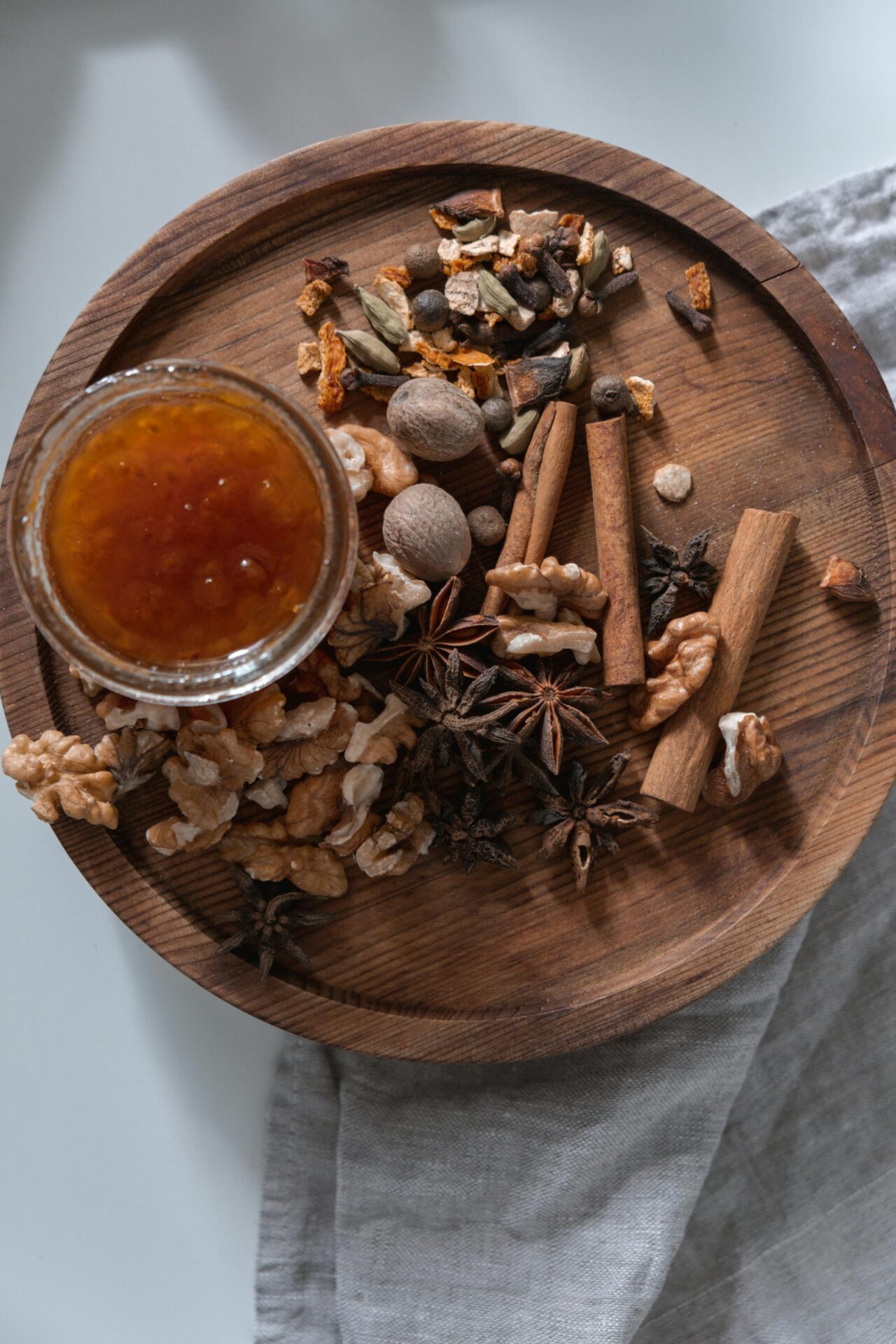
In the Artisan’s Kitchen
Stepping into the artisan’s workspace was like entering a world where tradition and precision blended perfectly. The warm scent of cinnamon and roasting almonds filled the air as skilled hands transformed simple ingredients into sweet delights.
Essential Tools and Techniques
The heart of the operation was a large copper kettle, similar to the German Copper Kettles I saw mentioned by professional candy makers. This specialized equipment maintains the perfect temperature for roasting almonds evenly without burning them.
I watched as the artisan carefully measured cinnamon, vanilla, and sugar into small bowls before adding them to the mix. The timing was crucial – too soon and the coating wouldn’t stick, too late and the sugar would burn.
What fascinated me most was the gentle, constant stirring technique. Using a large wooden paddle, the artisan kept the almonds moving to ensure each nut received an even coating of the sweet mixture.
The process requires patience and practice. I noticed how the artisan could tell when the almonds were ready just by the sound they made against the kettle.
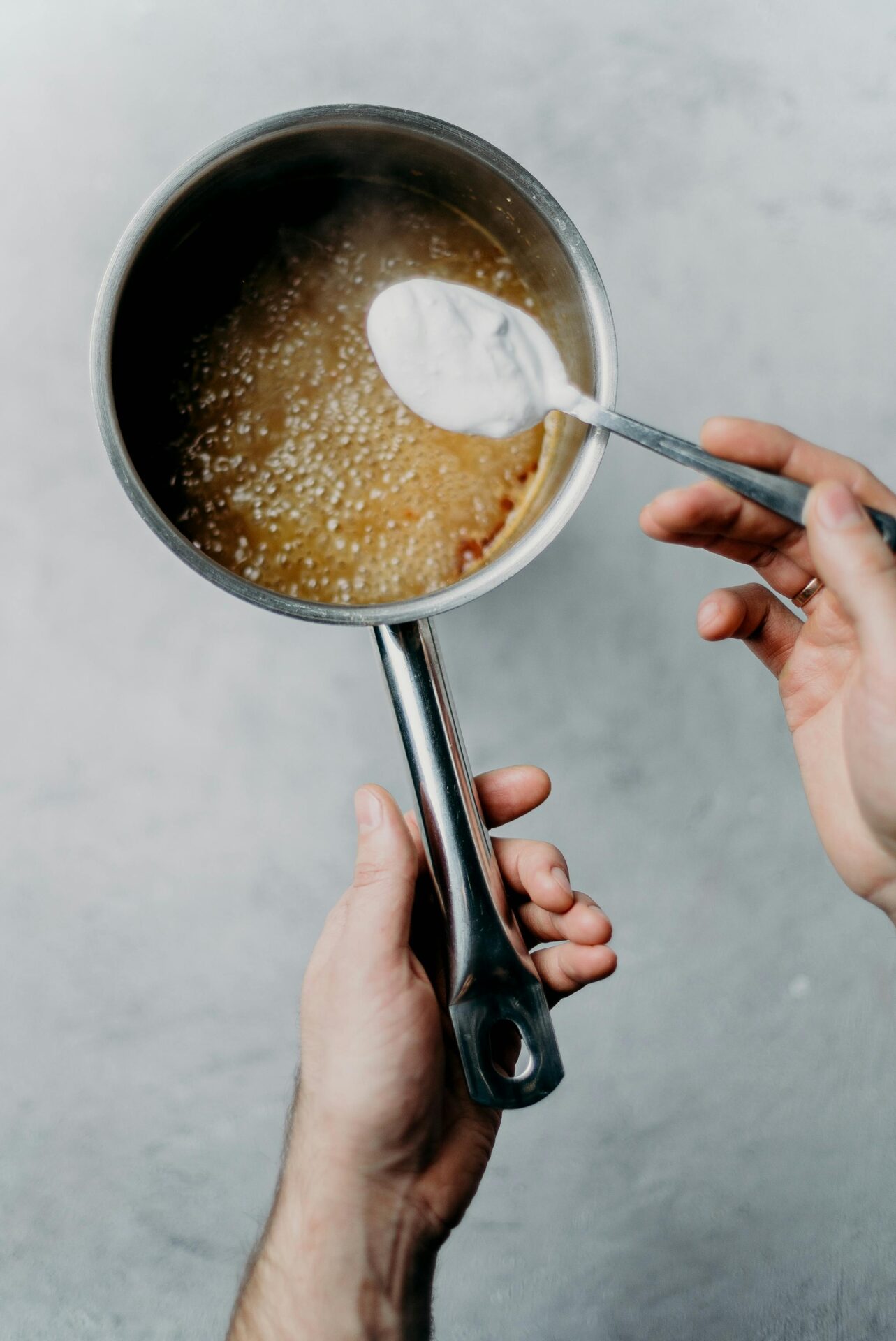
Adapting the Recipe for Home Bakers
While I couldn’t take the copper kettle home, the artisan shared tips for creating similar results in a home kitchen. A heavy-bottomed pan works as a substitute, though the process requires more attention.
For home bakers, these are the basic ingredients needed:
- 2 cups raw almonds
- 1 cup granulated sugar
- 2 tablespoons cinnamon
- 1 teaspoon vanilla extract
- A pinch of salt
The key difference in home baking is using the oven for the initial roasting. Spreading almonds on a baking sheet at 325°F for 10 minutes gives them the perfect start before adding the sweet coating.
A food processor can help create a finer sugar mixture, but the artisan warned against over-processing. “The coating should have some texture,” they advised as I jotted notes in my book.
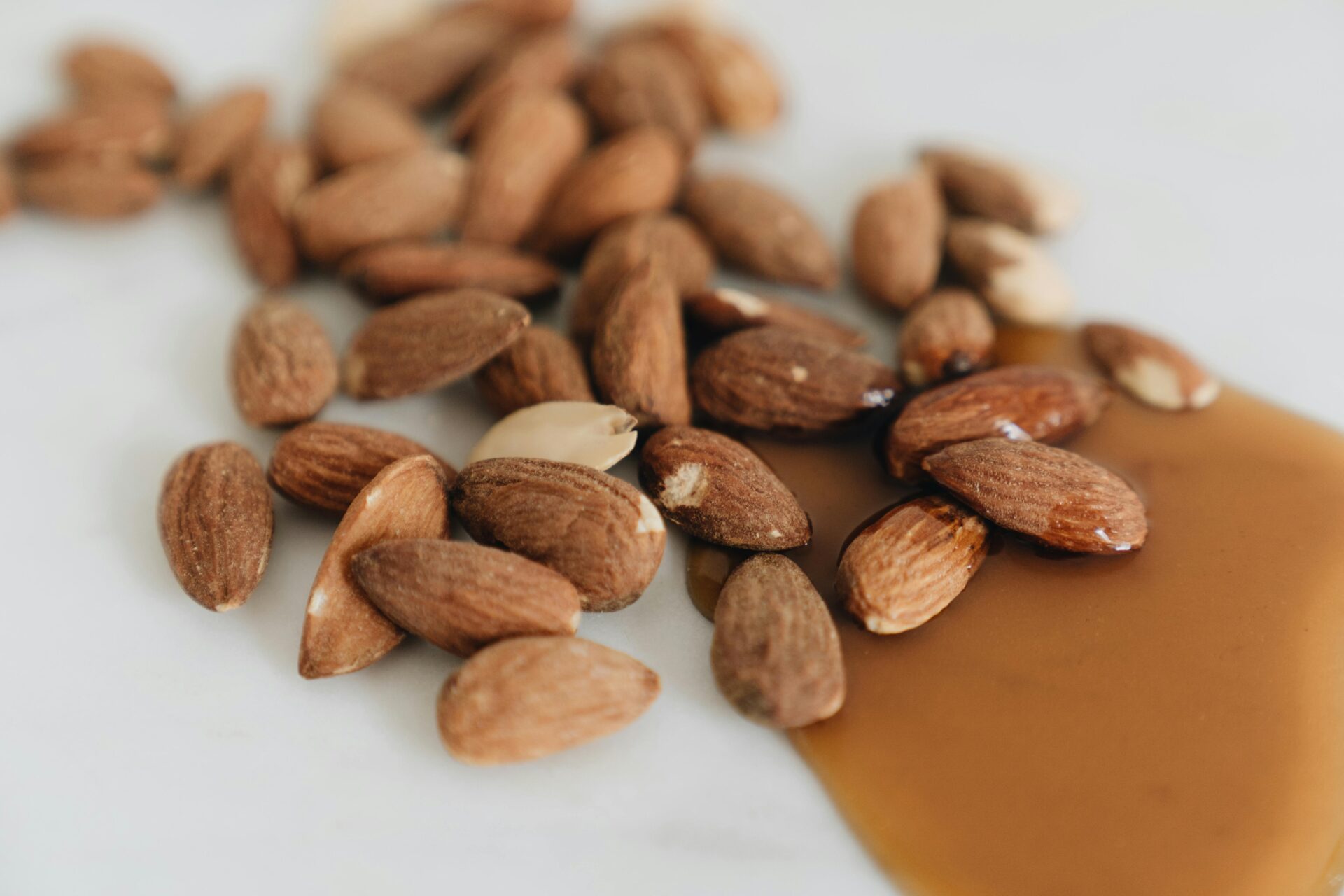
Beyond the Sweet: Engaging the Community
The sugar-coated almond artisans I visited do more than create delicious confections; they’ve built meaningful connections throughout Pittsburgh that extend far beyond their sweet creations.
Local Artisans in Pittsburgh
Pittsburgh has a thriving community of confectioners who support each other rather than compete. I met Maria, a third-generation candy maker whose family recipes date back to 1910. Her workshop hosts monthly gatherings where local artisans share techniques and collaborate on seasonal treats.
“We believe in lifting each other up,” Maria told me while stirring a copper pot of melting sugar. “When one of us succeeds, we all do.”
What impressed me most was the mentorship program they’ve established. Experienced confectioners pair with aspiring candy makers to pass down traditional methods. I watched a teenager learning to coat almonds by hand, her face lighting up when the sugar crystallized perfectly.
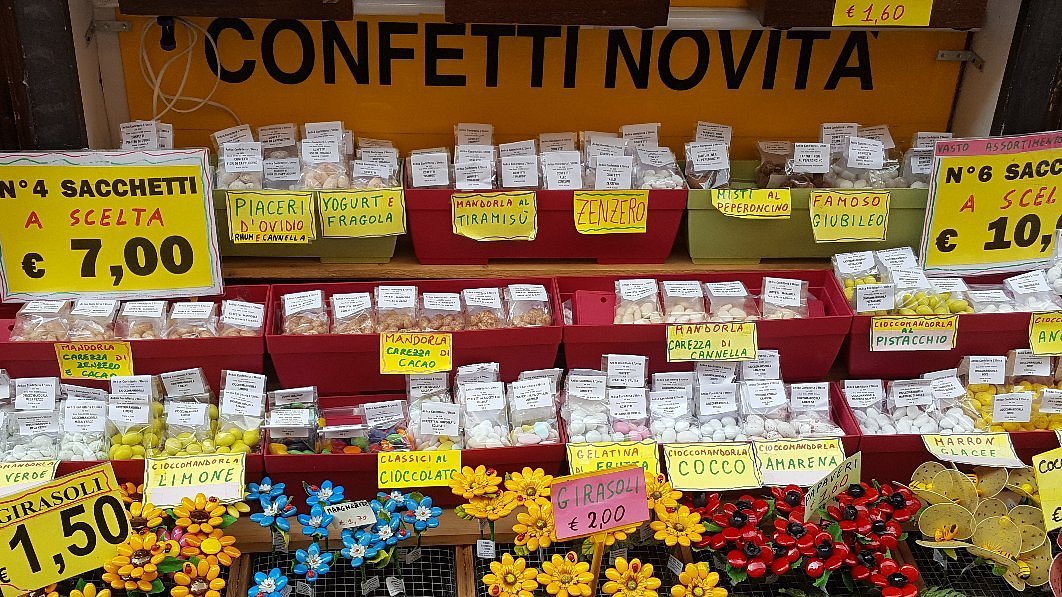
Fostering Connection Through Food
These sweet treats bring people together in surprising ways. The Almond Festival, held annually in Pittsburgh’s Market Square, attracts thousands of visitors each spring.
I joined a community workshop where families learned to make sugar-coated almonds together.
Children giggled as they carefully stirred almonds in warm sugar syrup. Meanwhile, parents and grandparents shared stories of favorite confections from their childhoods.
“Food is our common language,” explained Tony, whose family has made Italian-style confections for generations. “When someone tastes something delicious you’ve made, there’s an immediate connection.”
Local restaurants and bakeries collaborate with these artisans to create signature desserts. They support each other’s businesses through cross-promotion and special events.

